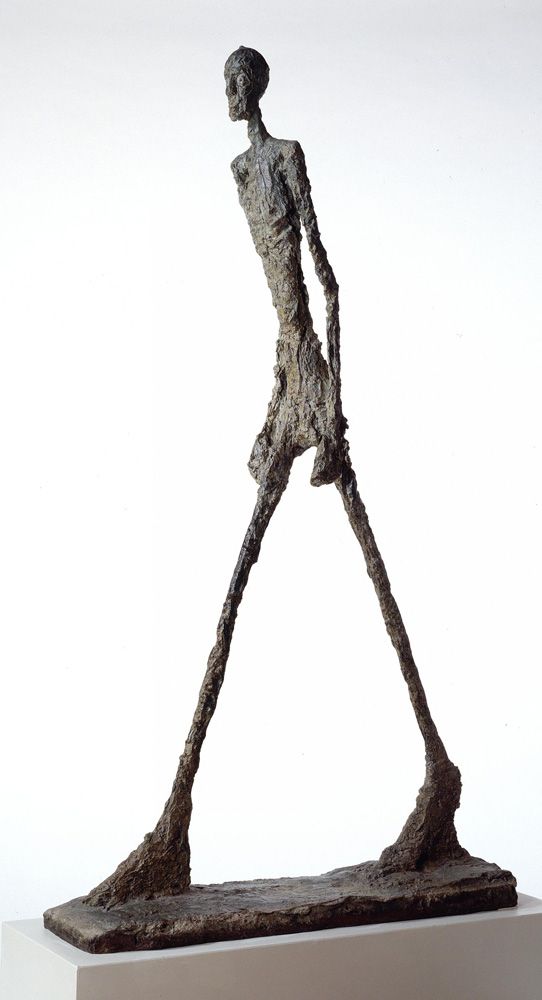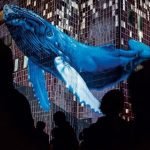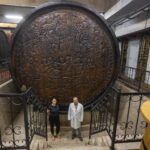“Walking Man I” by Alberto Giacometti is a sculpture that is often referred to as a symbol of the 20th century. It can be seen at the exhibition “Portraits of the Present” which opens on September 20th at the Art Pavilion in Zagreb.
Within the series “The Greatest Sculptors of the 20th Century”, after an exquisite exhibition of Miró and Rodin, the Art Pavilion in Zagreb will present the great virtuoso sculptor – Alberto Giacometti (1901 – 1966).
Visitors to the Art Pavilion will have the unique opportunity to see much of Giacometti’s works, including 20 drawings, lithographs, and sculptures that have been borrowed from the French Foundation “Maeght”.
Among Giacometti’s works shown in the exhibition will be one of the most expensive sculptures in the world, Giacometti’s “Walking Man I” which dates back to 1961. This sculpture sold to Sotheby’’s in 2010 for a whopping $104,327. While this sculpture was the most expensive in the world, it was beaten just last year by another one of Giacometti’s sculptures “Pointing Man” which sold to a private buyer for $141.3 million.

Image by museum.cornell.edu
The Art Pavilion writes, “The sculptures, known as the Giacometti “thin people”, after which there is the globally recognized, characterized by rough, almost rusty surface, and their elongated torso, head, arms and legs, have been reduced to the strictest views, and thus almost been brought to the breaking . At first glance, the “thin people” reads the powerful metaphor – it is recognized that the sculptor used the depiction of human existence without joy and meaning. The latter is a result kiparevog friendship with the philosopher Jean-Paul Sartre and Giacometti sculpture connection with themes Sartre’s existentialist philosophy. Although I Giacometti claimed he did not take into account the philosophical implications of their actions today and sculpture, perhaps more than ever, correspond to modernity in which people struggle for existence – often for dear life. That is why the exhibition designed in accordance with the moment that the recent experiences of Croatia and Europe. Hence the title of the exhibition “Portraits of the present.”
The exhibition opens on September 20 and will run until January 8.










